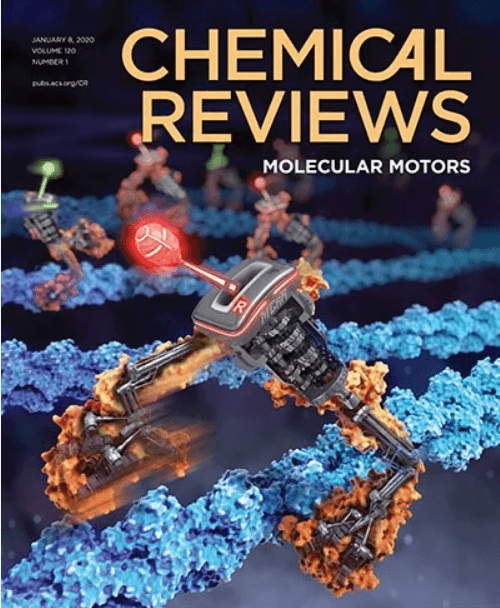Weak Radiofrequency Field Effects on Biological Systems Mediated through the Radical Pair Mechanism.
IF 51.4
1区 化学
Q1 CHEMISTRY, MULTIDISCIPLINARY
引用次数: 0
Abstract
The widespread use of radiofrequency (RF) communication has increased the exposure of organisms to electromagnetic fields, sparking a debate over the potential health effects of weak RF electromagnetic fields. While some experimental studies suggest that low-amplitude RF radiation may influence cellular metabolism or sleep patterns or even promote cancer, these claims remain controversial due to limited theoretical plausibility. Central to this debate is the radical pair mechanism (RPM), a quantum-mechanical framework proposed to mediate RF effects. Despite its role in magnetoreception and various magnetic field effects on chemical reactions, the RPM often fails to align with observations at low, nonthermal RF field strengths. This review examines these contrasting perspectives by discussing experimental findings and theoretical models that aim to explain putative biological effects of RF magnetic fields. Emphasis is placed on the challenges of reconciling theoretical predictions with empirical data, particularly in the context of weak RF exposure. Additionally, an overview of the theoretical framework used in current modeling efforts highlights the complexity of applying the RPM to biological systems and underscores the importance of critical interpretation. The goal is to clarify the state of understanding and inform future research on RPM-mediated biological effects under weak RF exposure.通过自由基对机制介导的弱射频场对生物系统的影响。
射频通信的广泛使用增加了生物体对电磁场的暴露,引发了一场关于弱射频电磁场潜在健康影响的辩论。虽然一些实验研究表明,低振幅射频辐射可能会影响细胞代谢或睡眠模式,甚至会促进癌症,但由于理论上的合理性有限,这些说法仍然存在争议。这场争论的核心是自由基对机制(RPM),这是一种被提议用来调节射频效应的量子力学框架。尽管RPM在磁接收和各种磁场对化学反应的影响中起着重要作用,但在低、非热射频场强度下,RPM往往无法与观测结果一致。本文通过讨论实验结果和理论模型来探讨这些不同的观点,旨在解释射频磁场的假定生物效应。重点放在协调理论预测与经验数据的挑战上,特别是在弱射频暴露的背景下。此外,对当前建模工作中使用的理论框架的概述强调了将RPM应用于生物系统的复杂性,并强调了批判性解释的重要性。目的是澄清对弱射频暴露下rpm介导的生物效应的理解状况,并为未来的研究提供信息。
本文章由计算机程序翻译,如有差异,请以英文原文为准。
求助全文
约1分钟内获得全文
求助全文
来源期刊

Chemical Reviews
化学-化学综合
CiteScore
106.00
自引率
1.10%
发文量
278
审稿时长
4.3 months
期刊介绍:
Chemical Reviews is a highly regarded and highest-ranked journal covering the general topic of chemistry. Its mission is to provide comprehensive, authoritative, critical, and readable reviews of important recent research in organic, inorganic, physical, analytical, theoretical, and biological chemistry.
Since 1985, Chemical Reviews has also published periodic thematic issues that focus on a single theme or direction of emerging research.
 求助内容:
求助内容: 应助结果提醒方式:
应助结果提醒方式:


